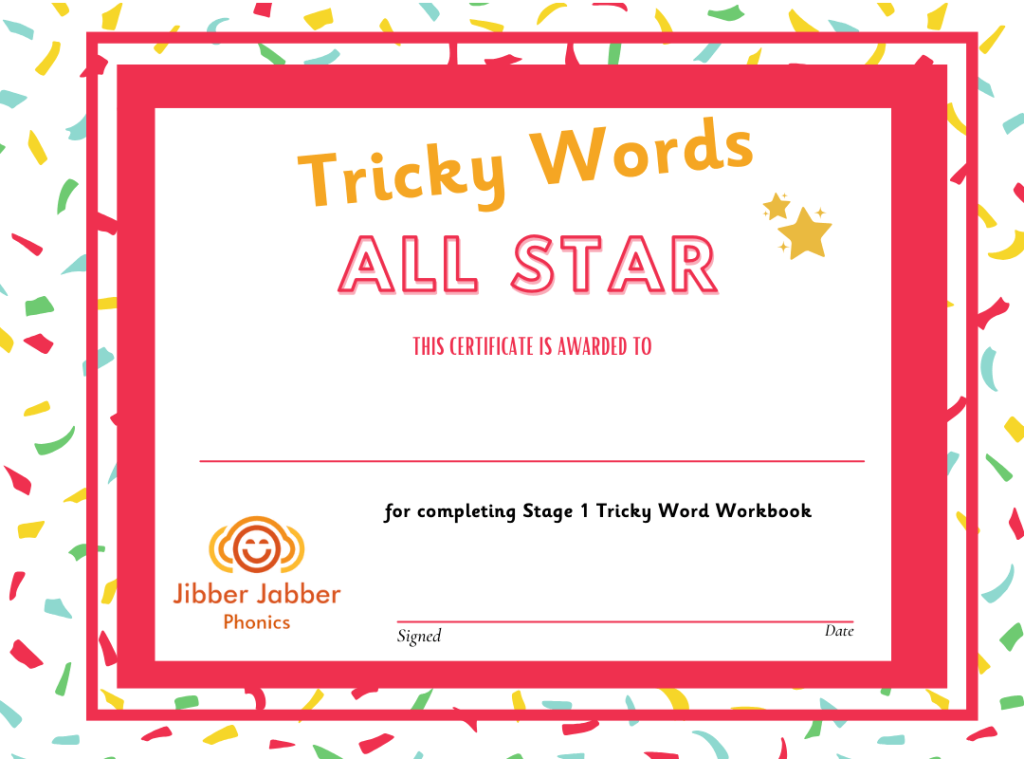
Hey there, fellow educators!
I’m Vicky, and I’m thrilled to share my journey with phonics—a journey that’s spanned over a decade, taking me from classrooms in the UK to schools overseas. It’s been a wild, rewarding ride, and I’ve learned a ton along the way. Today, I want to pass on some of those lessons and practical tips to you, whether you’re new to phonics or just looking to refresh your approach.
The Beginning: Falling in Love with Phonics
When I first stumbled upon phonics, I was amazed by its power to transform children into confident readers and writers. The moment I saw those lightbulb moments—when a child suddenly grasps a sound or reads a word for the first time—I knew I was hooked. Phonics isn’t just about squiggles and noise; it’s about unlocking a child’s potential and giving them the tools they need to succeed.

The Essentials: What I’ve Learned
1. Start with Enthusiasm: Your energy is contagious. If you’re excited about phonics, your students will be too. Bring that passion into every lesson, and you’ll see the difference it makes.
2. Be Consistent and Systematic: Phonics works best when it’s taught systematically. Follow a structured program like Jolly Phonics and stick with it. Consistency is key. Make it a part of your daily routine and watch how quickly your students start to pick up on those essential skills.
3. Embrace the Multisensory Approach: Phonics isn’t just about sitting and listening. Get your students moving, singing, and even dancing to the sounds. Use visuals, actions, and songs—whatever it takes to make those sounds stick. The more senses involved, the better!
4. Celebrate Every Victory: Whether it’s the first time a student blends sounds to read a word or the moment they write their name without help, celebrate it! Positive reinforcement builds confidence and encourages them to keep going.
5. Adapt to Your Learners: Every class is different, and so is every child. Be ready to adapt your teaching methods to suit the needs of your students. Some might need a little extra practice with certain sounds, while others might breeze through. Stay flexible and responsive.
The Practical Tips: Making Phonics Fun
Games and Activities: Turn learning into play. Use games like phonics bingo or sound scavenger hunts to keep lessons lively and engaging.
Storytime with a Twist: Choose books that emphasize the sounds you’re teaching. Pause during reading to ask students to identify or repeat sounds.
Parent Involvement: Get parents on board! Send home simple activities or sound cards so learning can continue beyond the classroom.

Moving Forward: Your Phonics Journey
Teaching phonics is a journey, and like any journey, it’s filled with ups, downs, and everything in between. But trust me—there’s nothing more rewarding than watching your students grow into confident, independent readers and writers.
Whether you’re just starting out or have been teaching phonics for years, remember that every child you teach is another chance to make a difference. Stay positive, keep learning, and most importantly, enjoy the process!
I’m here cheering you on every step of the way. Let’s make this phonics journey an incredible one!
Vicky xx


